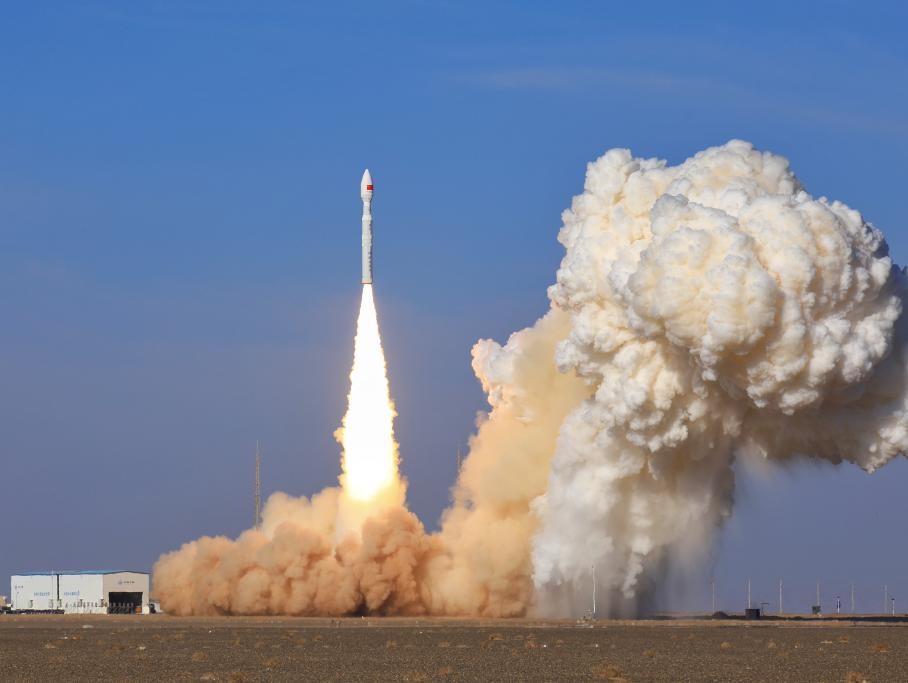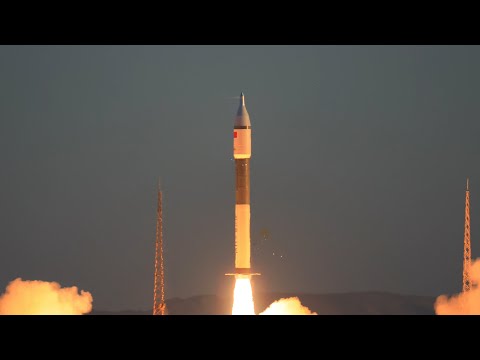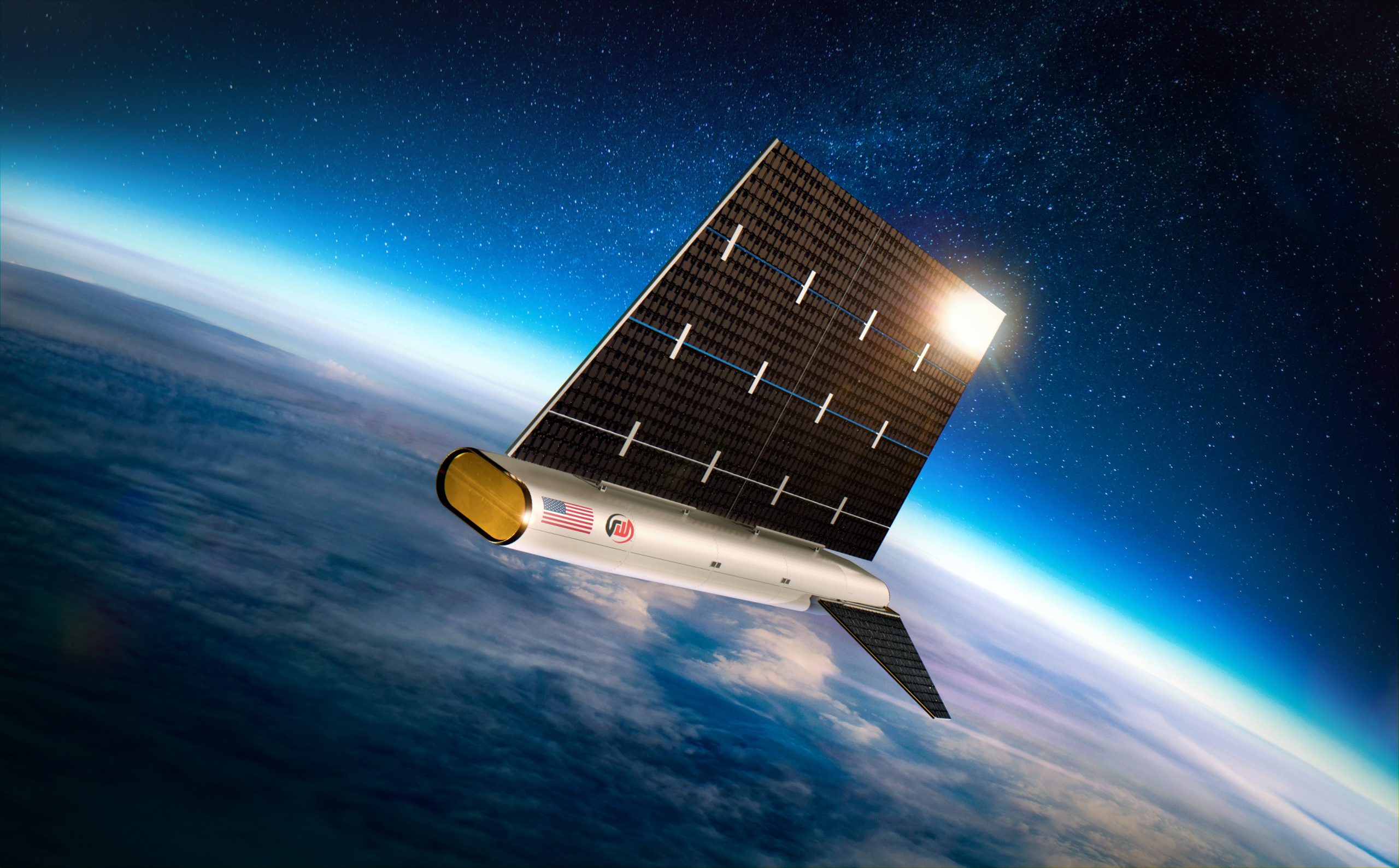Now Reading: Quindar raises $18 million to scale satellite operations software
-
01
Quindar raises $18 million to scale satellite operations software
Quindar raises $18 million to scale satellite operations software


WASHINGTON — Quindar, a Colorado startup developing cloud-based ground systems for satellite operators, has secured $18 million in Series A funding to scale its mission-operations platform and expand into classified government work.
Founded in 2022 by former OneWeb engineers, the company is targeting a longstanding bottleneck in space programs: traditional ground architectures that are slow to field, costly to maintain and difficult to adapt as missions evolve. Quindar’s software is designed to automate routine tasks, consolidate mission planning and help operators manage growing fleets with fewer personnel.
The funding round was led by Washington Harbour, with participation from Booz Allen Ventures, FUSE, FCVC, and Y Combinator. The new capital will support construction of a classified facility in the Denver area and allow the company to expand from about 30 employees to nearly 100.
Nate Hamet, Quindar’s co-founder and CEO, said operators are increasingly constrained by legacy systems. “A typical Space Systems Command operational ground system takes more than a decade to field. Operators need a utility that scales, automates and unifies mission planning, execution, and monitoring while maintaining the trust and control required for national security and commercial operations,” he said.
Quindar’s platform automates tasks such as booking antenna time from commercial ground-station providers. Hamet said the shift toward government-owned, commercially operated (GOCO) satellites is expanding the need for modular, cloud-native tools that can integrate spacecraft from different manufacturers.
“We’re seeing a major shift toward government owned, commercially operated satellites,” he said. “That means manufacturers are increasingly responsible for flying vehicles, often across multiple programs, each with its own interface requirements.” He said Quindar’s mission management software can unify those operations under a single interface, noting the company has connected to an in-space asset in as little as 23 days.
Defense programs such as the Space Development Agency’s proliferated low-Earth-orbit constellation and the Pentagon’s planned Golden Dome missile-defense architecture highlight the need to tie together diverse spacecraft, vendors and sensing payloads. Those efforts, Hamet said, are driving demand for more flexible ground systems capable of operating mixed fleets at scale.
“Instead of building bespoke ground systems for each program, operators can run missions on a unified, secure, cloud-native platform that scales across many spacecraft and many missions,” he said.
Stay Informed With the Latest & Most Important News
Previous Post
Next Post
-
 012024 in Review: Highlights from NASA in Silicon Valley
012024 in Review: Highlights from NASA in Silicon Valley -
 02Panasonic Leica Summilux DG 15mm f/1.7 ASPH review
02Panasonic Leica Summilux DG 15mm f/1.7 ASPH review -
 03From Polymerization-Enabled Folding and Assembly to Chemical Evolution: Key Processes for Emergence of Functional Polymers in the Origin of Life
03From Polymerization-Enabled Folding and Assembly to Chemical Evolution: Key Processes for Emergence of Functional Polymers in the Origin of Life -
 04How New NASA, India Earth Satellite NISAR Will See Earth
04How New NASA, India Earth Satellite NISAR Will See Earth -
 05And Thus Begins A New Year For Life On Earth
05And Thus Begins A New Year For Life On Earth -
 06Astronomy Activation Ambassadors: A New Era
06Astronomy Activation Ambassadors: A New Era -
07SpaceX launch surge helps set new global launch record in 2024




















